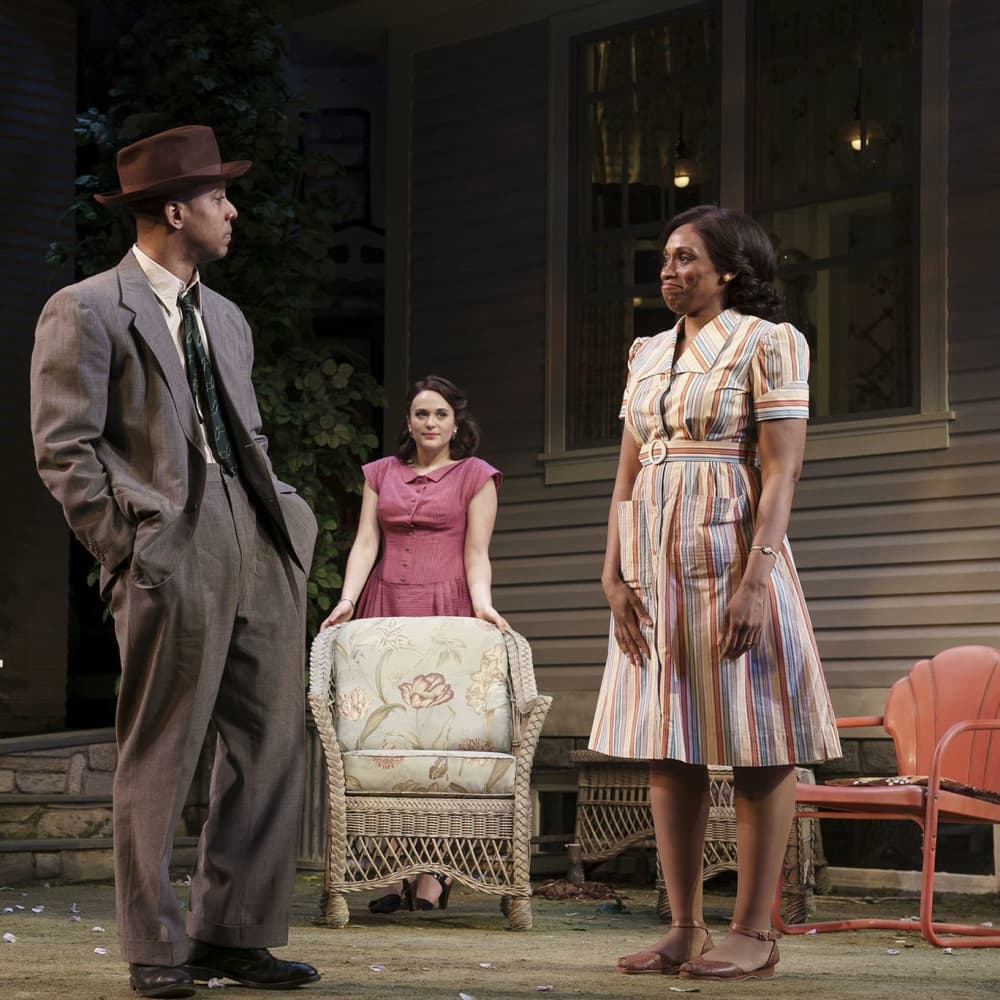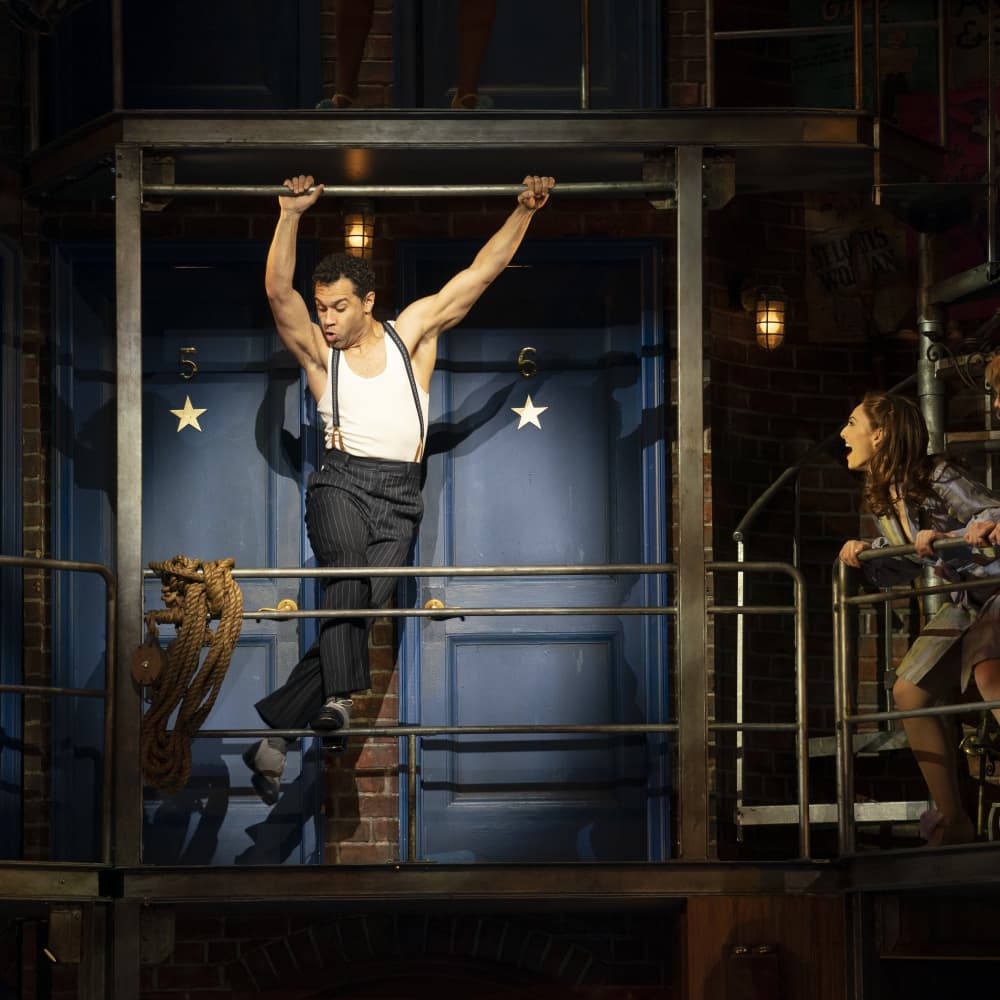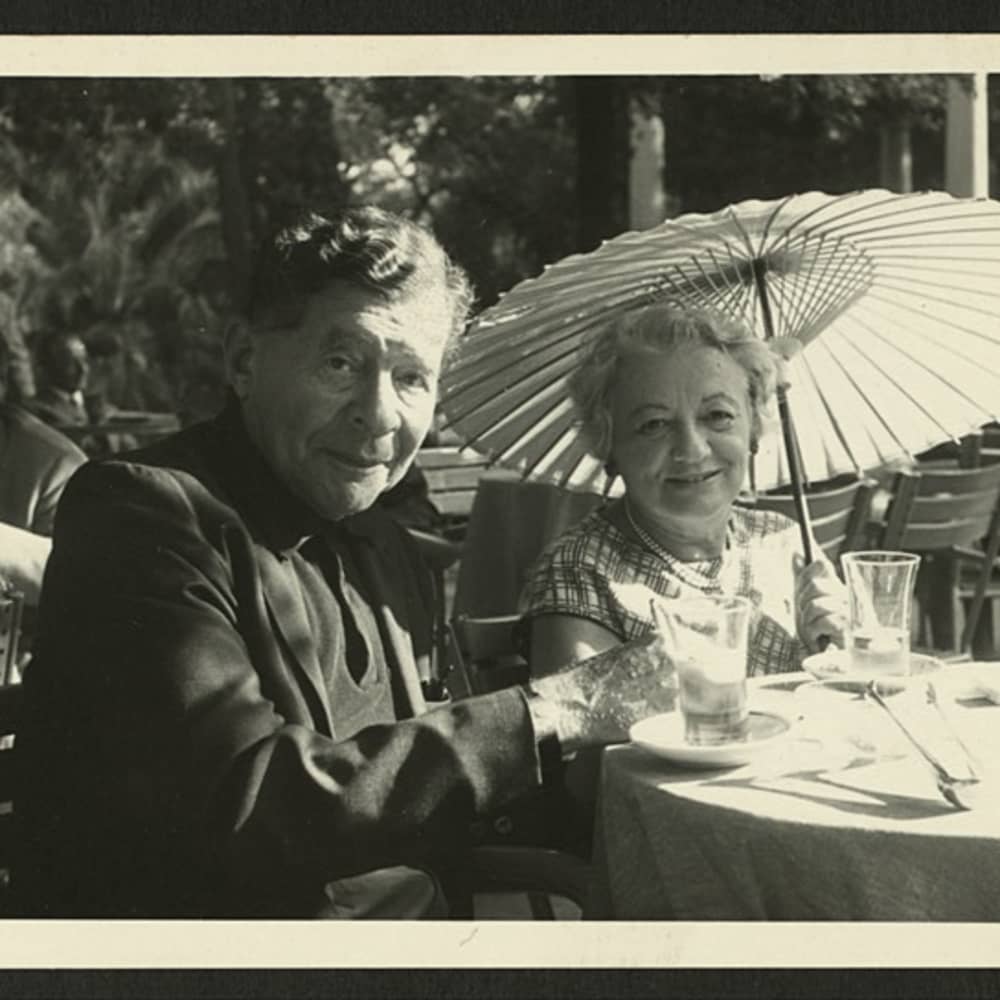Bernhardt/Hamlet:
The Life, Legends, and Legacy of Sarah Bernhardt
Posted on: September 4, 2018
Who Do You Think You Are, Sarah Bernhardt?
Who Sarah Bernhardt thought she was, or wanted the world to think she was, did not always align with the facts. Myth was her currency, and it certainly paid off. At the close of the 19th century, she was known as the most publicized and richest actress. She captivated the world with her larger than life personality and scandalous escapades. Her intuitive understanding of “brand management” plus her extraordinary success as an actor and entrepreneur established the blueprint for the stars of today.
Sarah the Actress
Bernhardt’s life did not start out auspiciously. While the official records of her birth were destroyed in a fire, it is confirmed that she was born Henriette-Rosine Bernard in 1844, the fatherless daughter of a Dutch-Jewish courtesan.
Despite her Jewish lineage, she spent much of her childhood at convent school, even declaring that she wanted to become a nun. One of her mother’s lovers, Charles Duc de Morny, the illegitimate half-brother of Napoleon III, suggested that 16-year-old Sarah’s temperament was better suited for the theatre. He pulled some strings and paid for her to attend the Paris Conservatory. When she failed to impress her teachers, Morny again used his influence to secure Bernhardt a spot in the Comedie-Francaise, France’s prestigious national theatre company.
Bernhardt made her debut on August 31, 1862 in the title role of Racine’s Iphigénie. She was decidedly not a hit. After the curtain call, when she asked her teacher for forgiveness, he remarked, “I can forgive you, and you’ll eventually forgive yourself, but Racine in his grave never will.” Her poor performance, coupled with her constant stage fright and histrionics, led to an altercation in which she slapped a senior actress in the company. Thus, Bernhardt’s reputation as a diva was born.
Over the next few years she worked on her craft and in 1868 had a breakout hit with the revival of Alexandre Dumas’s play Kean. Her skill -- and box office draw -- was so great that Comedie-Francaise welcomed her back into the troupe in 1872.
Théâtre de la Ville
Bernhardt played at least 70 roles in 125 plays over the course of her career, both female and male. Most popular were her dramatic death scenes. She played 19-year-old Joan of Arc when she was 46. At 55, she signed a 25-year lease on a theatre in Paris, renaming it Théâtre Sarah Bernhardt. She continued to tour the world late in life, even giving a recital at San Quentin Prison. After her right leg was amputated, she continued to perform on stage as well as for the troops on the battlefront of World War I. She did not use a prosthetic limb, instead relying upon strategically placed set pieces as she moved across the stage or being carried about upon a satin sedan chair in the style of Louis XV.
Always on the cutting edge, she starred in several silent films. Though she died in 1923 before talking movies were made, many consider her the most famous actress the world has ever known. A million people lined the streets of Paris to bid her adieu as her coffin made its way to Pere Lachaise cemetery.
Bernhardt as Hamlet fencing with Laertes
Learn more about The Comedie Francaise, one of the world’s oldest still-operating theatres.
A Mythic Life
Coffin bed. Taxidermied bat hat. Amputated leg. Lovers aplenty. Sarah Bernhardt was known for many things besides her onstage talents.
At the age of 20, her son Maurice was born, as was her reputation as a scandalous woman. It wasn’t until she was quite famous that Henri Prince de Ligne offered to formally recognize Maurice as his son. Maurice politely declined, explaining that he was content to be the son of Sarah Bernhardt.
In 1882, Bernhardt proposed to and married Aristides Damalas, a Greek military man, 11 years her junior. She hired him to perform with her, but he preferred spending her money, having affairs, and taking morphine. Though they separated, the pair stayed married until he died of a drug overdose in 1899.
Bernhardt wanted everything associated with the good life, including her exotic pet collection, which was said to include a boa constrictor, a lion, a parrot, a puma, two horses, a monkey named Darwin and an alligator named Ali Gaga whom she served milk and champagne, ultimately sending him to an early grave. Bernhardt also spent outrageous sums of money paying off the many gambling debts of her son, Maurice.
Over the course of her life, Sarah turned many more co-stars into lovers. She was also muse to many, including Oscar Wilde, Edmond Rostand, and Marcel Proust. She evolved from muse to maker, developing her talents in writing, painting, and sculpture. Louise Abbéma, an expressionist painter with whom Sarah had her most notable same-sex affair, was a fan of her work. Bernhardt still has many fans today—in 2017, a white marble relief of Ophelia made and signed by Bernhardt sold at auction for $385,444.
The World’s First Celebrity
Sarah Bernhardt seemed to understand that ubiquity enhanced celebrity. She posed for many artists, ensuring that her image would be seen all around the world in paintings, sculptures, photographs, and graphic designs, like Alphonse Mucha’s famous Art Nouveau posters. Victor Hugo, with whom she had an affair when he was 70 and she just 27, nicknamed her “The Golden Voice.” So, in 1910, she visited Thomas Edison in West Orange, New Jersey to record her most famous and moving tragic role, a scene from Jean Racine's 1677 tragedy Phèdre. She also loaned her name and image to real estate ventures in the Bronx and endorsed products from face powder to aperitifs.
Sarah Bernhardt developed one of the Western world’s first cults of personality. In 1906 the French breeder Monsieur Lemoine cultivated the Sarah Bernhardt Peony, the most showy variety. In 1960, Sarah was posthumously honored with a star on the Hollywood Walk of Fame. In 2001, Martha Stewart shared a recipe for Sarah Bernhardt cookies, claiming they are as “multilayered as their namesake.”
Love her or hate her, everyone knew her name. Over 100 years later, people still do.























































